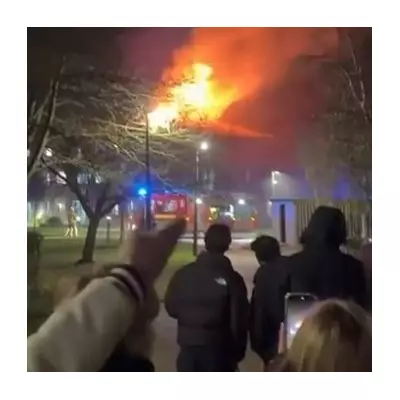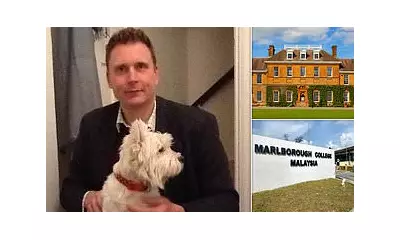
Are you ready for a challenge that combines geometry, transport planning, and the surprising intelligence of soap bubbles? Today's puzzle presents a fascinating problem that has intrigued mathematicians for generations, and the solution can be found not through complex equations, but through simple observation of nature.
The Four Towns Problem
Imagine four towns situated at the corners of a perfect square. Your task is simple: design a road system that connects all four towns using the smallest total length of road possible.
At first glance, several obvious solutions come to mind, but as it turns out, they're all unnecessarily long. The O-loop, which creates a continuous road around the perimeter of the square, uses far too much asphalt. The U-route, connecting three towns in a U-shape before reaching the fourth, is similarly wasteful. Even the direct X-road, which connects opposite corners with crossing diagonals, while efficient for travel between opposite towns, isn't the most economical solution for the overall network.
The challenge lies in finding that elusive configuration that minimises the total road length while ensuring every town remains connected to the network.
Nature's Ingenious Solution
Remarkably, you don't need advanced mathematics to solve this problem. Nature provides the answer instantly through the behaviour of soap bubbles. If you create a physical model of this puzzle using two transparent plates with four equally spaced dowels representing the towns and dip it into soapy water, the soap film that forms will naturally arrange itself into the minimal structure.
This plastic model acts as an analogue computer, with the soap bubbles performing complex calculations in milliseconds that would take humans considerable mathematical effort. The solution resembles a simple geometrical shape that appears frequently in the real world in a very familiar setting, though we're keeping the exact answer under wraps until the 5pm UK reveal to avoid spoilers.
Mathematical Discovery at MathsWorld London
This classic puzzle has found a perfect home at the newly opened MathsWorld London, the capital's first attraction dedicated entirely to mathematics. Located just minutes from the Tate Modern in Southwark, this innovative discovery centre brings mathematical concepts to life through dozens of interactive exhibits.
One of the most popular attractions, especially with children, is the gigantic soap bubble machine where visitors can stand inside and pull a massive bubble over their heads. Other exhibits include an elliptical pool table, a Morse code machine, a five-foot build-your-own arch, and numerous hands-on puzzles that make abstract mathematical concepts tangible and fun.
MathsWorld London represents the culmination of years of planning and fundraising, creating a brilliantly inclusive and joyous space that adds significantly to London's cultural landscape. Each exhibit reflects mathematical ideas through play, with explainers available for those wanting deeper understanding.
For those outside London, a similar giant bubble machine can be found at MathsCity Leeds, the sister project to MathsWorld London that has been operating since 2021.
MathsWorld London is located at 6 Burrell St, London, SE1 0UN, while MathsCity Leeds can be found at Zurich House, 4 Canal Wharf, Leeds, LS11 5PS.
The soap bubble puzzle serves as a perfect example of how mathematics intersects with natural phenomena, demonstrating that sometimes the most elegant solutions come not from human calculation, but from observing the world around us. The full solution and a video demonstration will be revealed at 5pm UK time.





